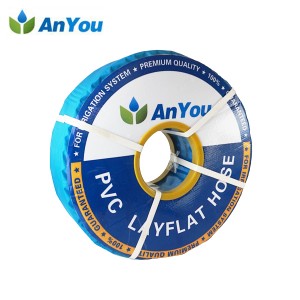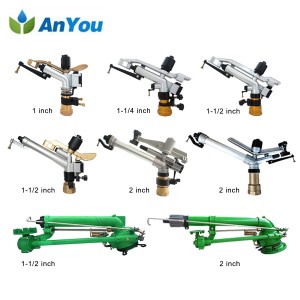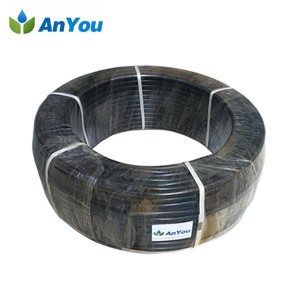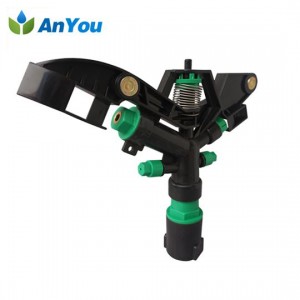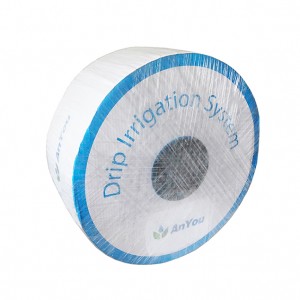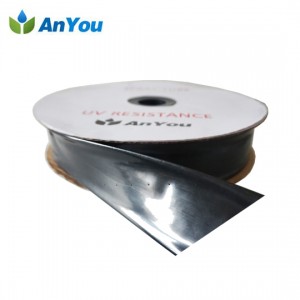Your irrigation method is "killing" the soil
For most people, soil salinization is both familiar and unfamiliar. Familiar with it, many areas such as China coastal areas and inland areas have large areas of saline-alkali land that can be seen everywhere. The formation of such saline-alkali land is related to local climate, soil, topography, geomorphology, geology and other factors. Alkalinization. Unfamiliar is that the soil salinization of the farming caused by unreasonable human measures is not well understood.
Unreasonable human measures are mainly due to the unreasonable irrigation and drainage system, excessive irrigation, poor drainage, causing the groundwater level to rise, resulting in soil salinization, which is called soil secondary salinization. Saline-alkali land is increasing every year, because of the “contribution” of human beings. There are more and more secondary salinization sites, and about 10 million hectares of land are discarded each year due to secondary salinization of the soil.
According to research, the two rivers of one of the world's four major civilizations, the main cause of extinction is the secondary salinization of soil.
How does unreasonable irrigation lead to soil salinization?
Soil salinization, in simple terms, is that the accumulated salt on the surface of the soil exceeds the tolerance of the plant and affects the normal growth of the plant.
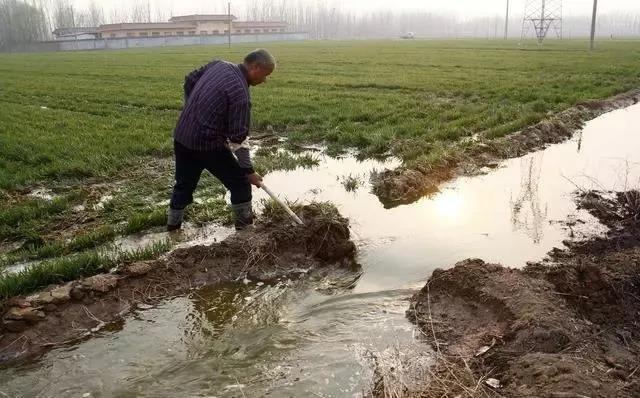
Flood irrigation
Whether it is primary or secondary, most of the salt accumulated on the surface of the soil comes from groundwater, and the groundwater rises to the surface near the surface by capillary action, bringing salt to the surface of the soil.
The key to this is "groundwater rise." If the amount of irrigation is too large, the water will penetrate down a lot, the drainage will be poor, the groundwater level of the cultivated land will rise, the groundwater will get closer and closer to the ground, and the salt carried in the water will easily reach the surface.
In this process, it is necessary to introduce a strong assist in the accumulation of salt on the surface - strong evaporation.
When groundwater brings soil salinity to the surface, strong evaporation will quickly turn the water into water vapor, unable to continue to carry salt, and the salt will stay on the soil surface. After a period of ascending-accumulating cycles, the surface of the soil accumulates salt, and for a long time, the soil will be salinized.
The secondary salinization of soil mainly occurs in the arid and semi-arid areas with strong evaporation, and the evaporation is greater than the rainfall. It is distinguished from the native salinization of the soil, mainly as a result of human economic activity.
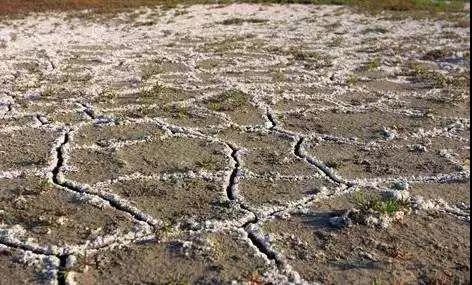
Secondary salinization of soil
Soil salinization treatment method
Soil salinization treatment has always been a major problem faced by soil scientists. Whether it is primary salinization or secondary salinization, the measures are similar. The basic method of governance is to cut off the groundwater rise-salt up-evaporation accumulation process.
Improve agricultural drainage system
Mainly from the irrigation, drainage, siltation, anti-seepage and other key management. The fresh water (rain or flood irrigation) is used to rinse the soil, and the drainage system discharges excess soil moisture out of the soil in time. Fresh water can wash away the soil and take more salt. Secondly, the groundwater level can be controlled to a safe depth, slowing down soil evaporation and reducing salt movement upwards.
Soil film
Through soil coating, it can prevent the surface of the soil from coming into contact with the atmosphere, reduce evaporation and reduce groundwater rise.
Soil change method
Directly change the soil of the saline-alkali surface to high-quality soil. Planting salt-tolerant crops is also a common treatment.
For secondary salinization, the most important thing is to improve the irrigation and drainage facilities to prevent excessive irrigation during irrigation; after irrigation, the excess water can be discharged in time. The agricultural drainage system is currently the most widely used and effective solution. It fundamentally cuts off the cyclical process of groundwater rise-salt up-evaporation and salt accumulation. The rest of the methods are improvements under existing conditions.
Post time: 05-05-2019

